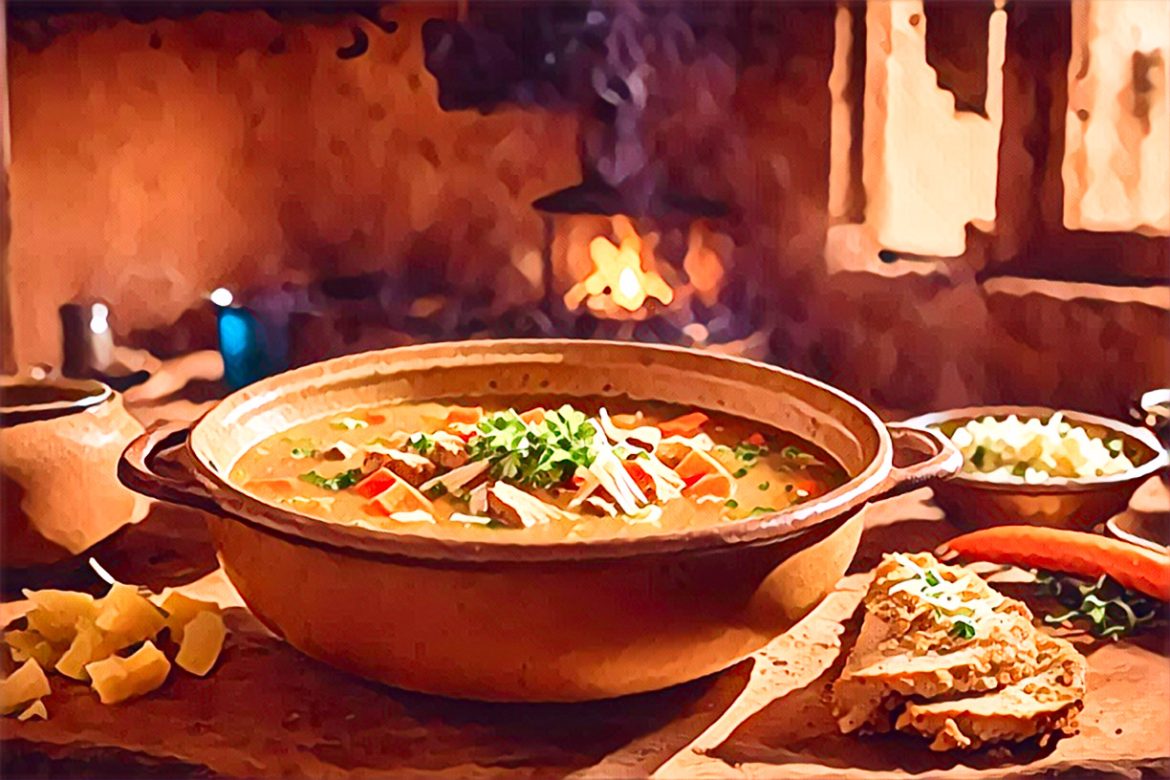KEY POINTS
- Sadza is Zimbabwe’s staple and cultural cornerstone.
- Madora, or mopane worms, offer a unique, protein-rich delicacy.
- Nyama stew is a Zimbabwean comfort food everyone loves.
Zimbabwe’s cuisine offers a vast array of flavours, textures, and ingredients, reflecting the diversity of its people. From everyday staples to adventurous delicacies, the country’s cuisine is rich in tradition and history.
These seven meals are a must-try if you want to experience the essence of Zimbabwean cuisine and learn about its rich culinary history.
1. Sadza: The Foundation of Every Meal
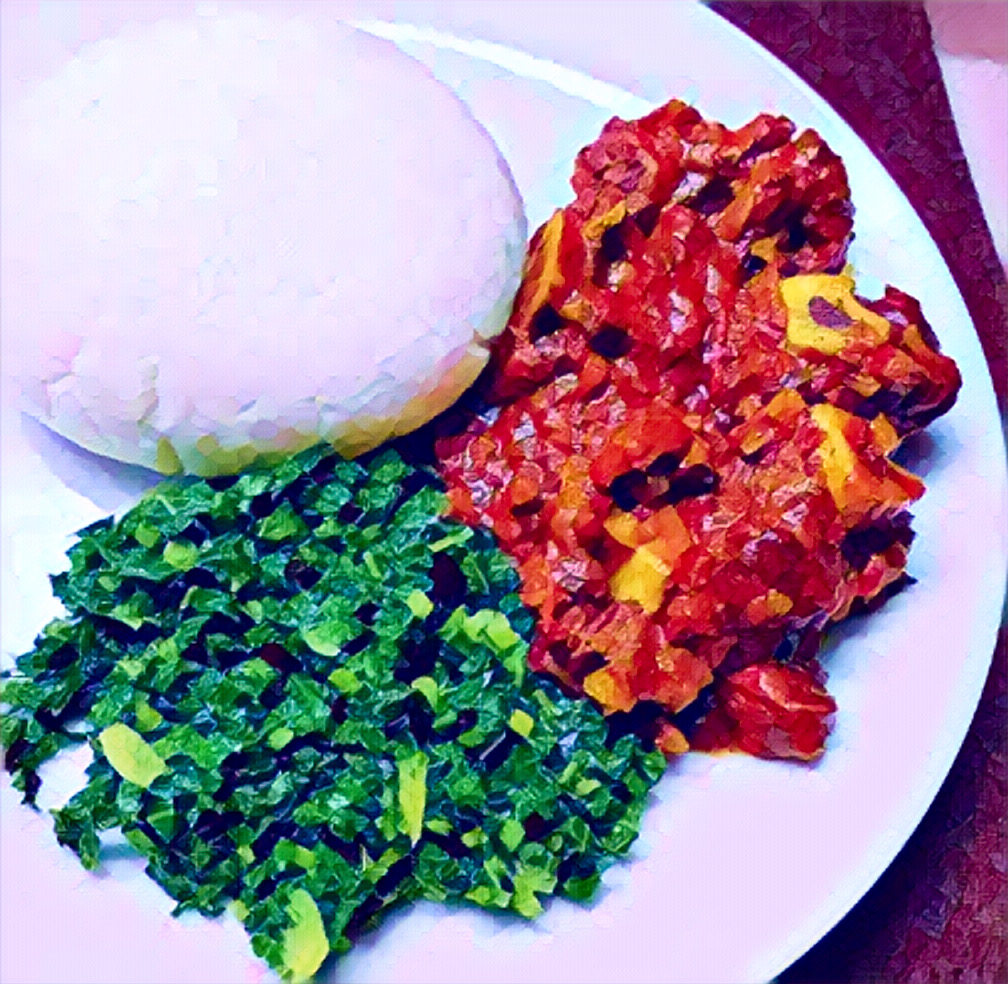
The staple of Zimbabwean dishes is sadza. This thick porridge-like dish, which is made from millet or maize meal, forms the foundation of almost every meal. Usually, it is served with a selection of sides, such as gravy, veggies, or meat. Sadza is a daily staple in most households and regional varieties like Sadza reMugaiwa (made from refined maize) or Sadza rezviyo (made from millet) are widespread. It’s the perfect side dish because of its simplicity and adaptability. To truly experience Zimbabwean food, you must start with sadza.
2. Nyama (Meat Stew): A Zimbabwean Comfort
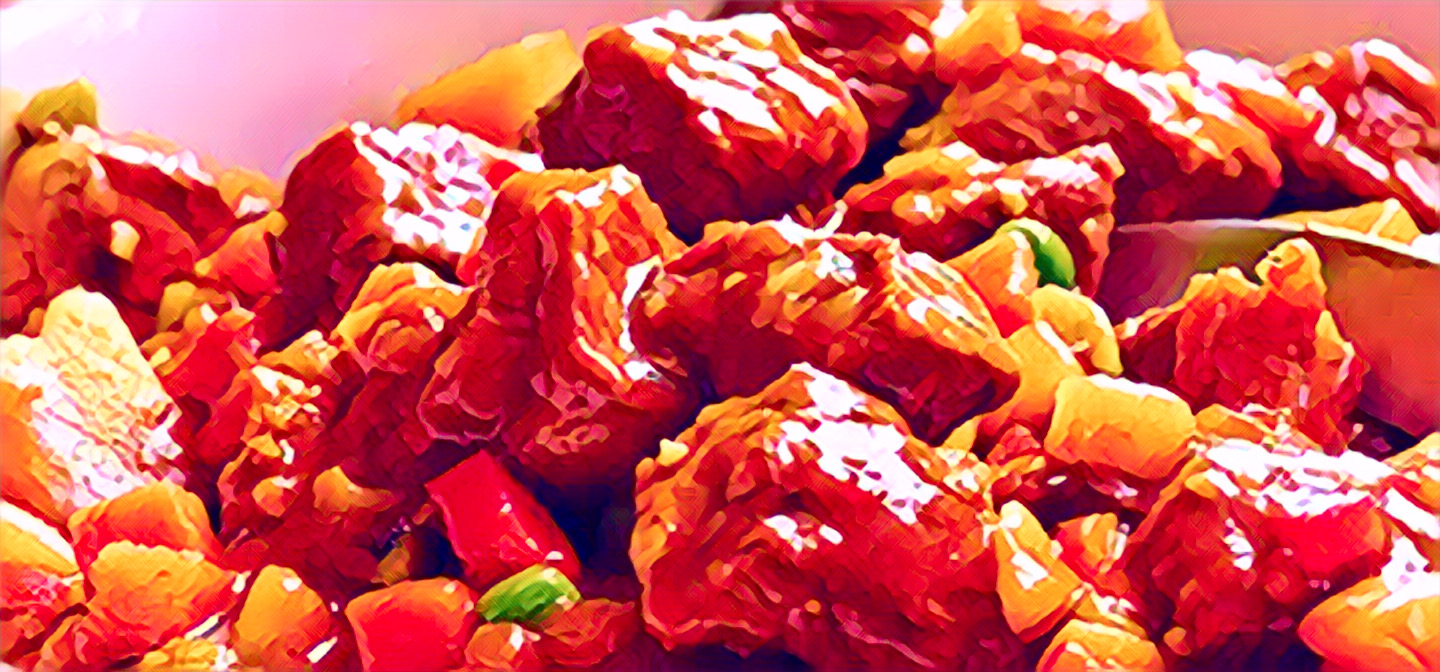
The word “nyama,” which translates to “meat,” describes the nation’s well-known beef stews, which are typically slow-cooked with spices, tomatoes, and onions. This dish, which can be cooked with goat, chicken, or beef, is a staple of holidays and family get-togethers. Zimbabweans eat sadza with rich stews of meat for a satisfying and comforting supper. Nyama is an everyday meal as well as a dish saved for special occasions because it is frequently offered during celebrations. Anyone looking to experience authentic Zimbabwean hospitality should try it.
3. Muriwo (Leafy Greens): A Nutritious Staple
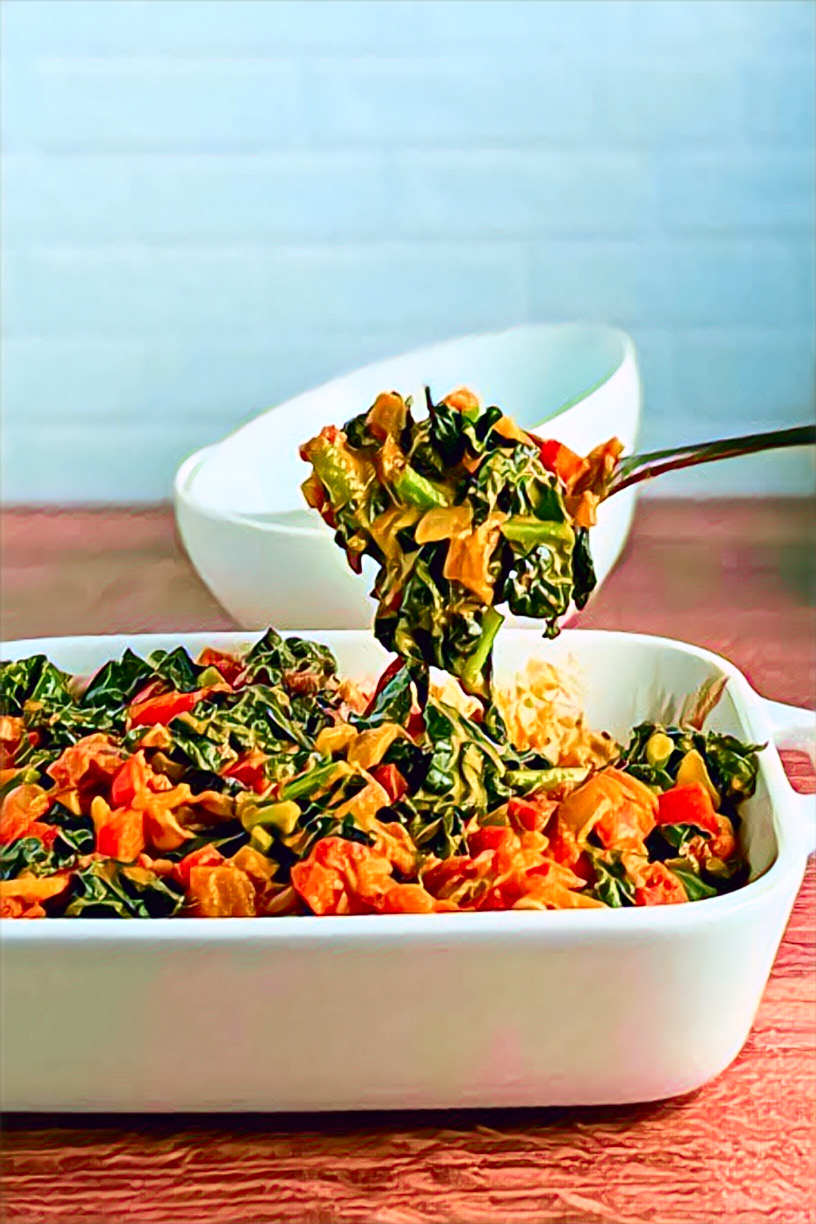
Leafy greens, or muriwo, are another important component of meals in Zimbabwe. Covo, kale, and pumpkin leaves are popular kinds that are frequently boiled and combined with peanut butter to make Muriwo Unedovi. These greens are a nutritious and tasty complement to any meal when served as a side dish with sadza and meat. Loved for its basic yet nourishing characteristics, muriwo is bursting with vitamins and minerals. Its peanut butter flavouring gives it a distinct touch that makes it stand out from other African vegetable recipes.
4. Kapenta: Zimbabwe’s Favorite Freshwater Fish
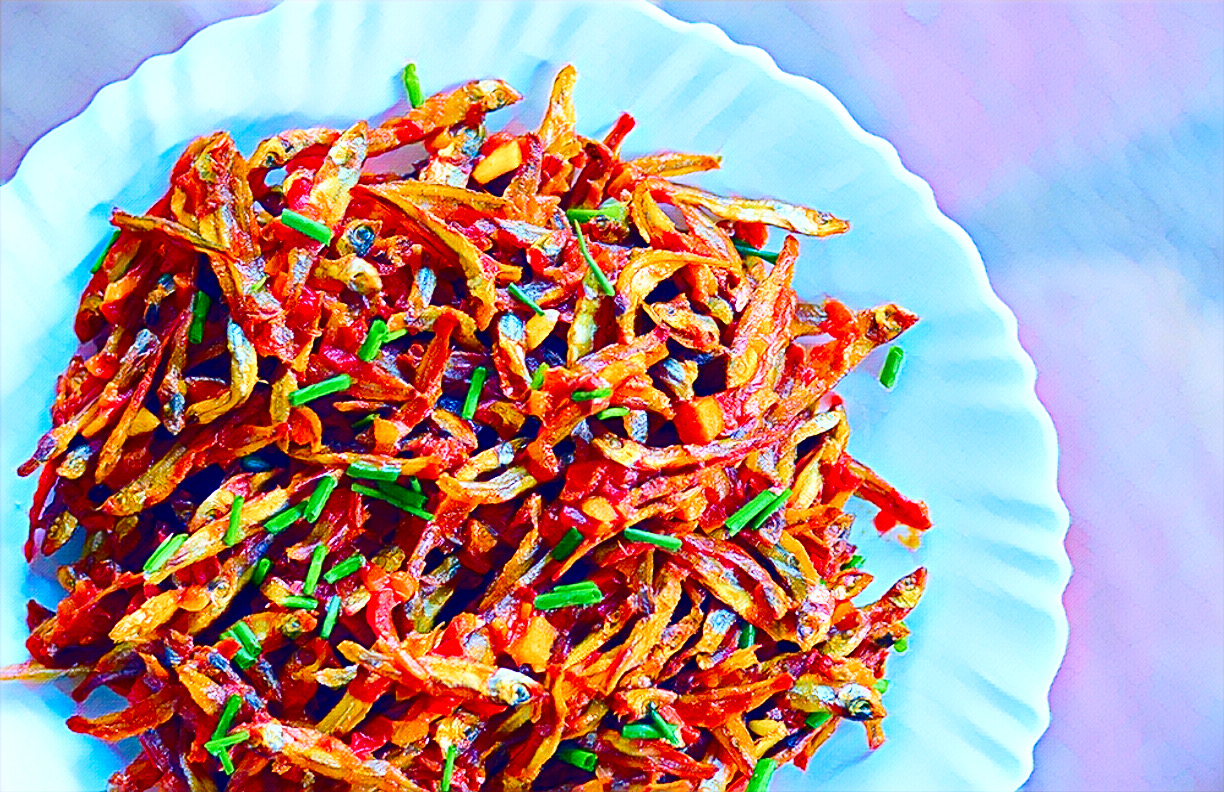
Small dried fish from Lake Kariba known as kapenta are typically cooked with tomatoes and onions or fried till crispy. Particularly in regions close to Lake Kariba, kapenta is a staple food in many Zimbabwean families since it is high in protein and flavour. It’s frequently served as a main meal or snack alongside sadza. Locals love this fish because of its unique salty flavour and crunchy texture, which truly captures Zimbabwe’s freshwater food culture.
5. Madora (Mopane Worms): A Protein-Rich Delicacy
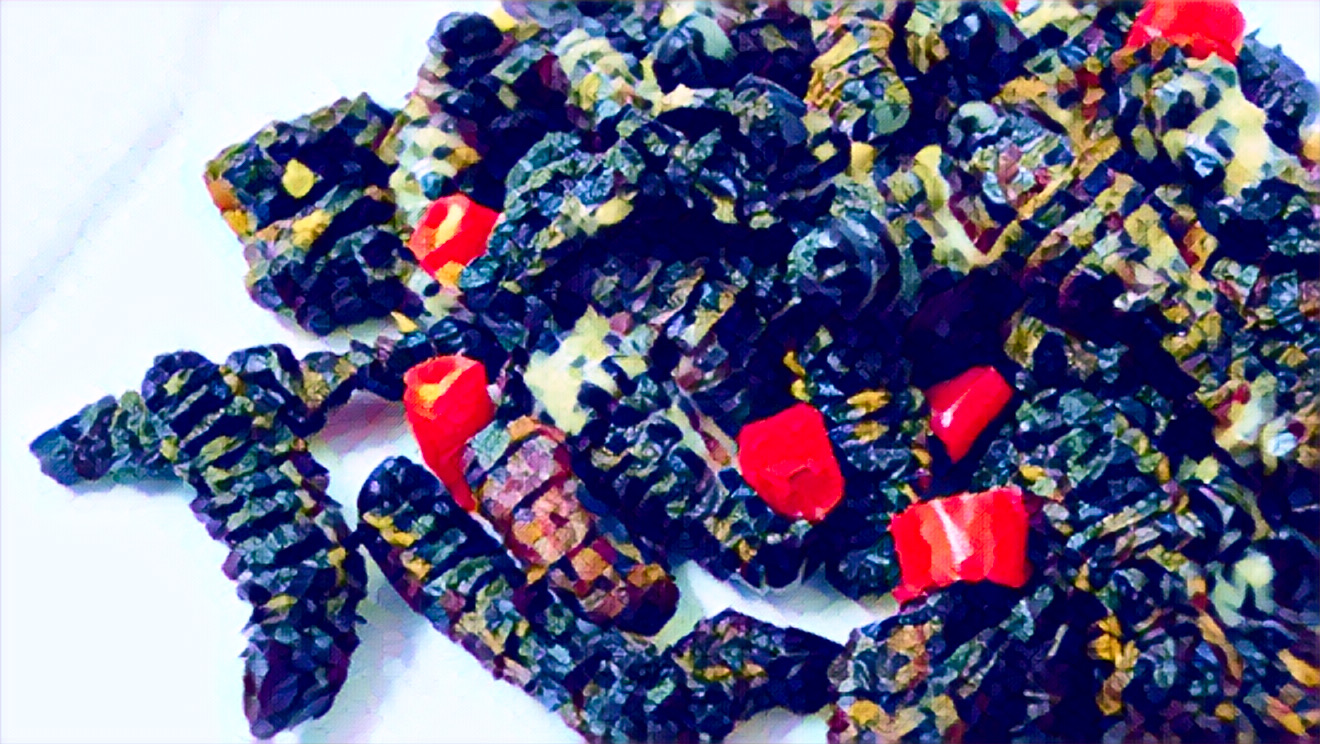
Mopane worms, sometimes referred to as madora in the region, are dried caterpillars that are either stewed or fried. Madora is considered a delicacy in rural areas, but because of its high protein content, it has become popular across the nation. The worms have an earthy, chewy flavour when cooked with tomatoes, onions, and spices. If you’re looking for a distinctively Zimbabwean culinary experience, try Madora.
6. Gango: The Ultimate Mixed Meat BBQ
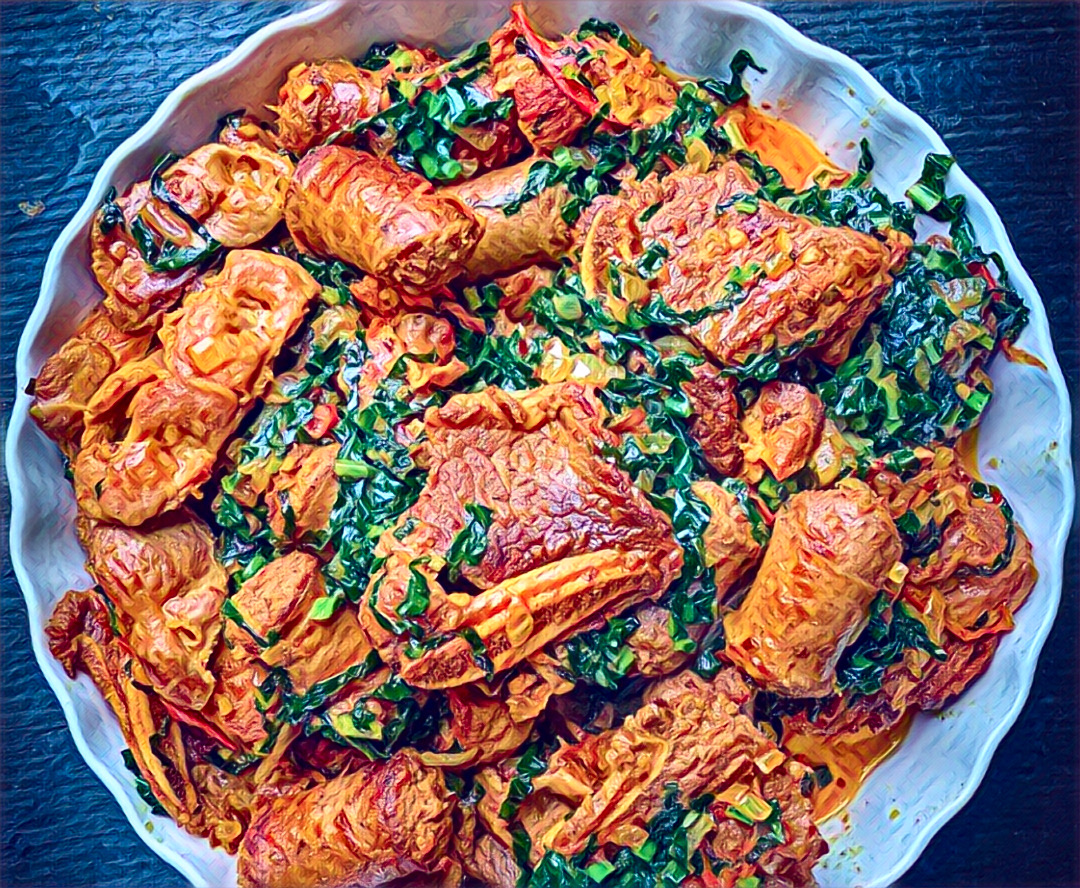
In Zimbabwe, gango is a well-liked street meal consisting of grilled chicken, beef, and offal slices combined with an open flame. Gango is prepared with onions, tomatoes, and spices and served with sadza or bread. It is frequently seen in outdoor markets and social gatherings. Due to its communal nature gango is ingrained in Zimbabwean social culture, with family and friends getting together to enjoy meals around the grill.
7. Mazondo (Cow Heels): Zimbabwe’s Comfort Food
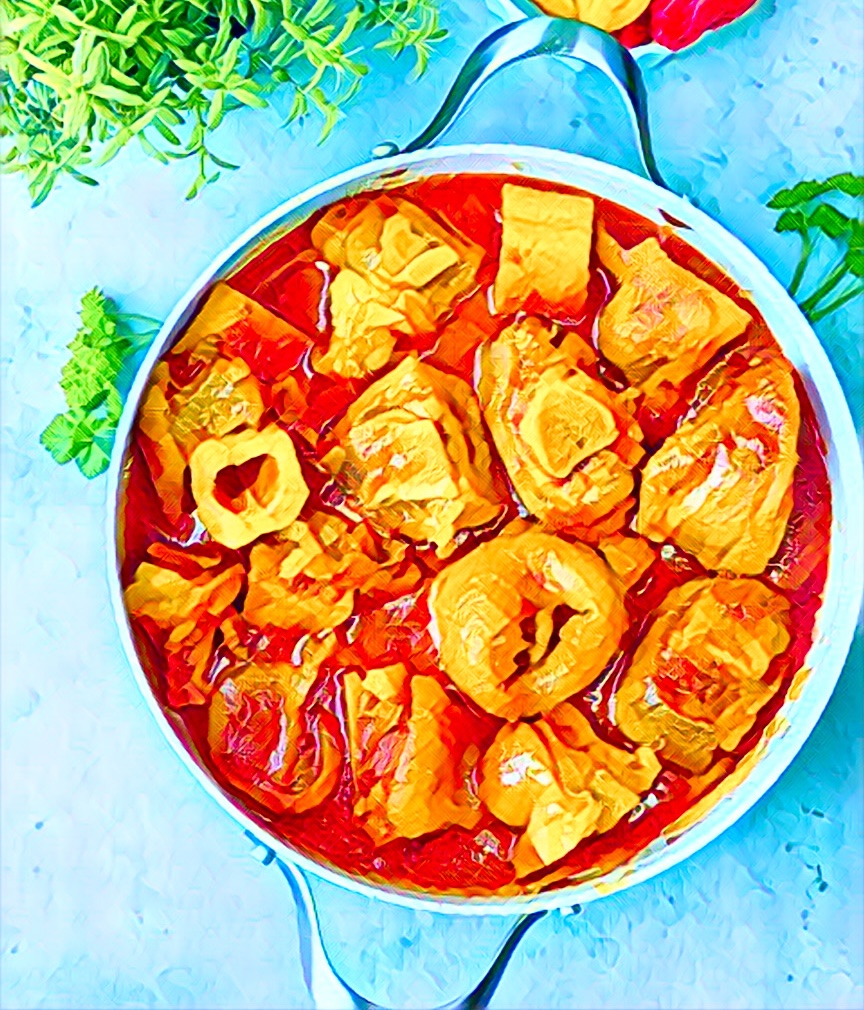
Cow heels, or mazondo, are prepared slowly and eaten with sadza after becoming tender. Cow heels are a popular comfort food in Zimbabwe, especially on weekends or during family meals. They are known for their thick, gelatinous texture. Mazondo is a popular dish among individuals who enjoy slow-cooked meals because of its rich flavour and substantial texture.
These seven recipes offer a glimpse into the varied culinary traditions of Zimbabwe, where basic elements are used to create delectable feasts. Every meal, from the commonplace sadza to the flavoured kapenta, relates a tale of custom, neighbourhood, and ingenuity. You’ll have a greater understanding of Zimbabwe’s culinary history after trying these dishes.


